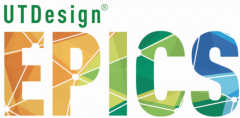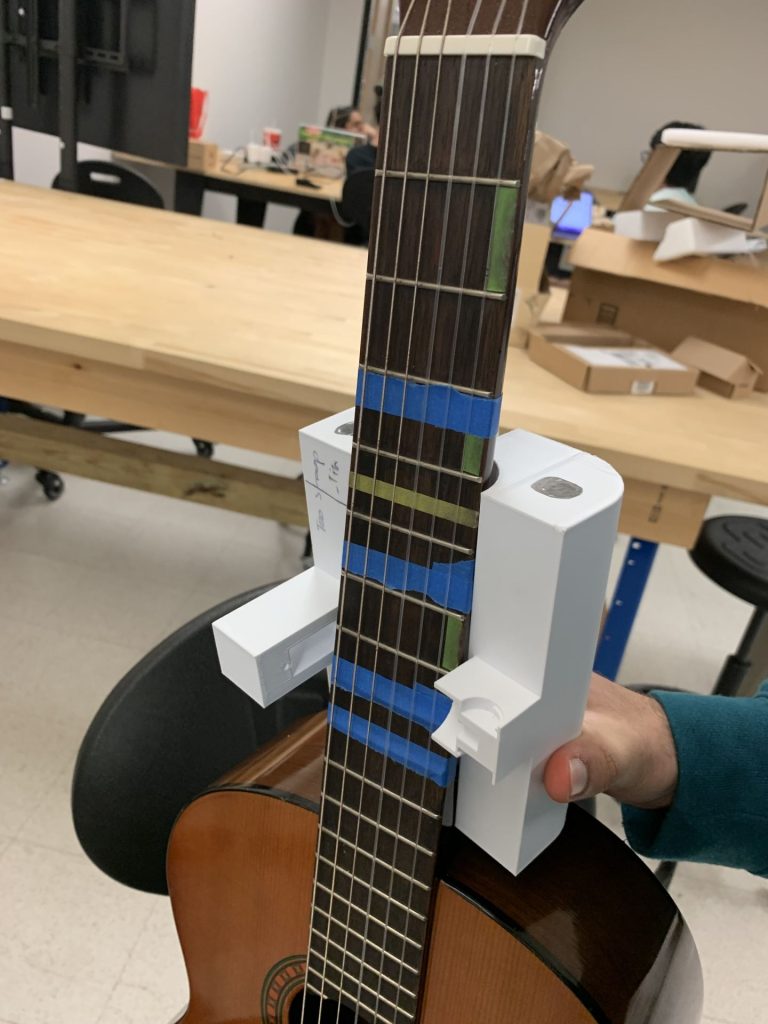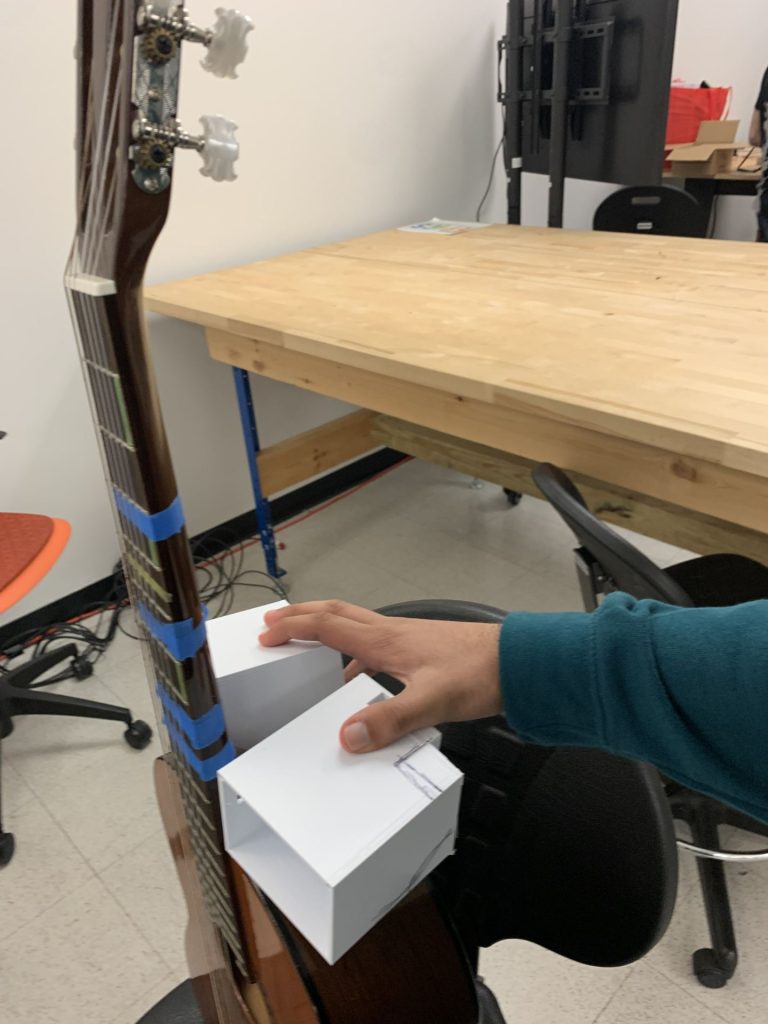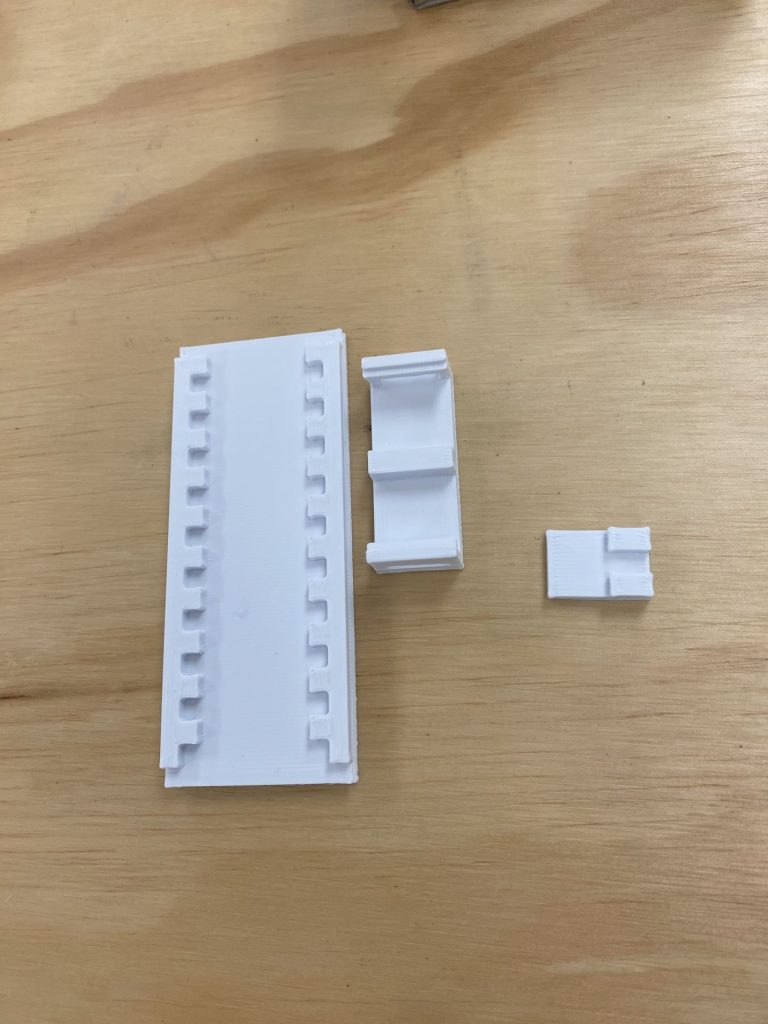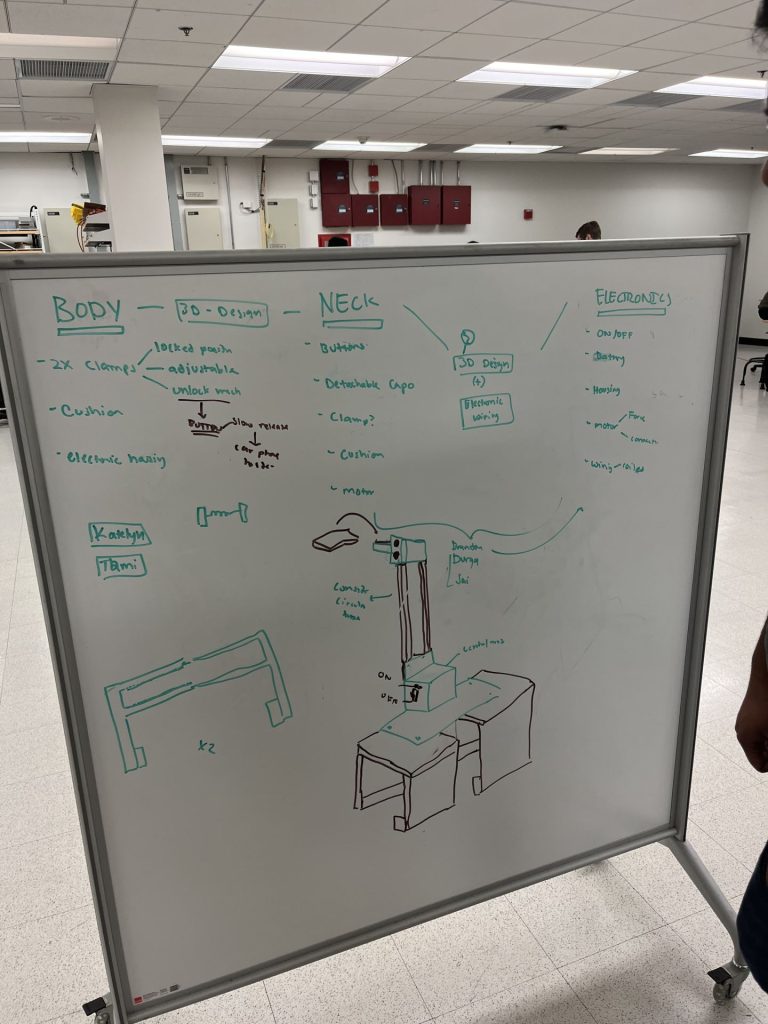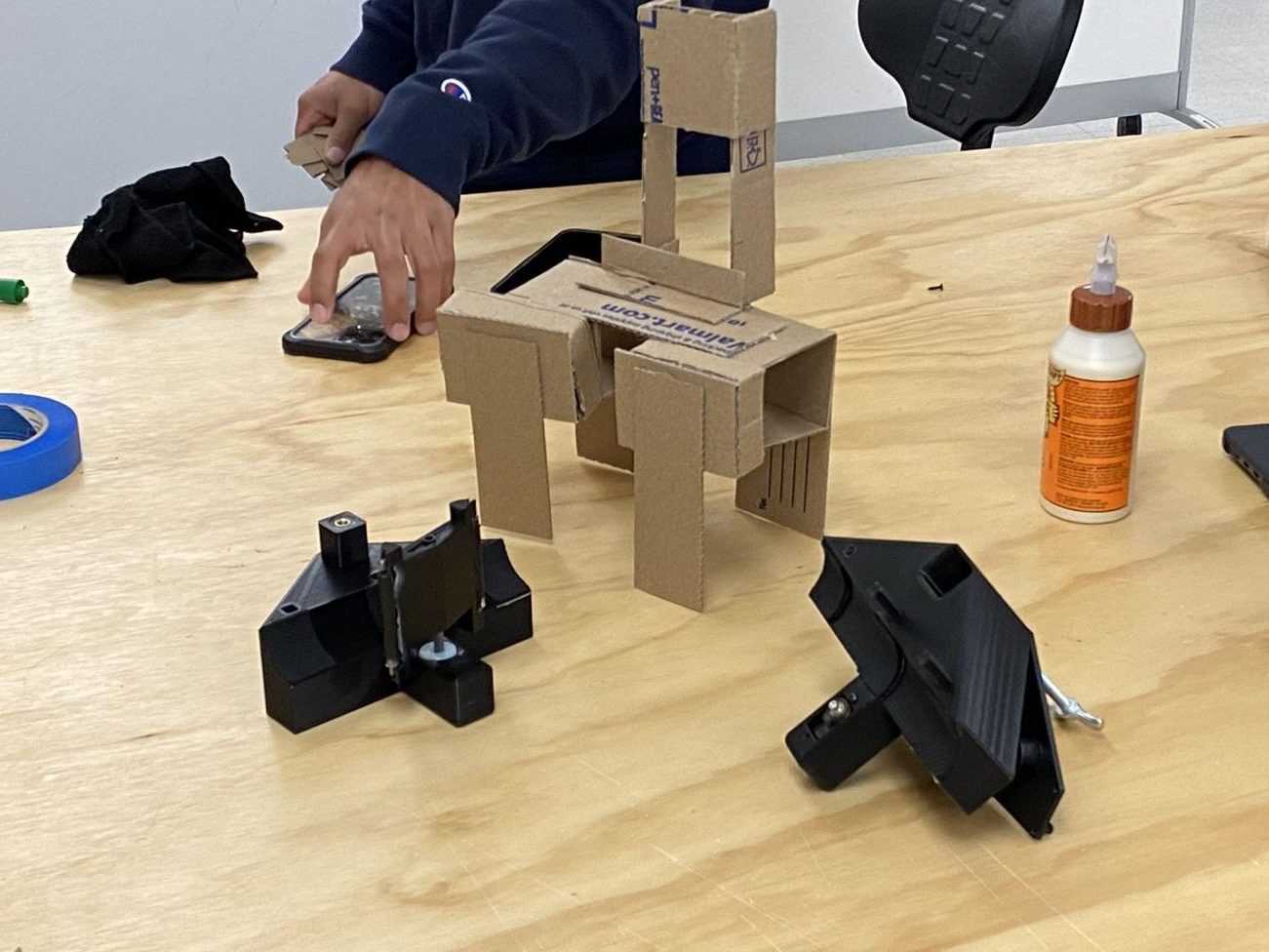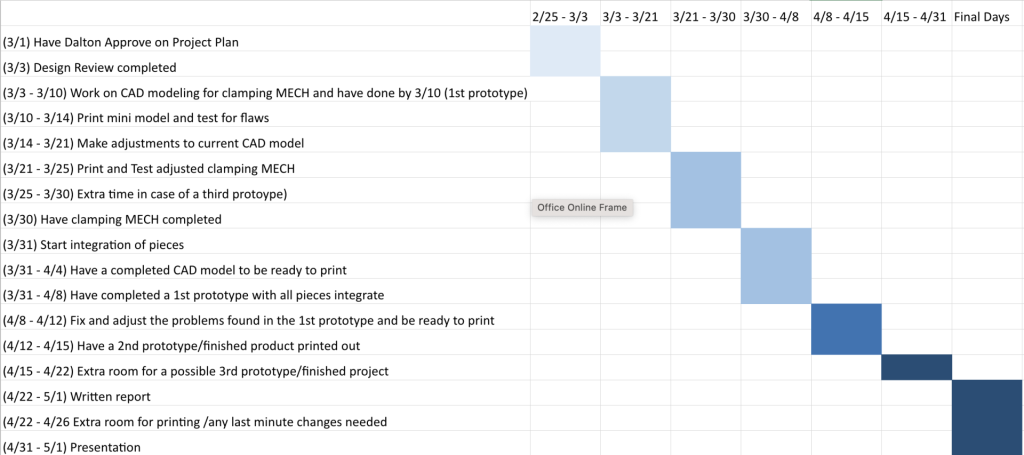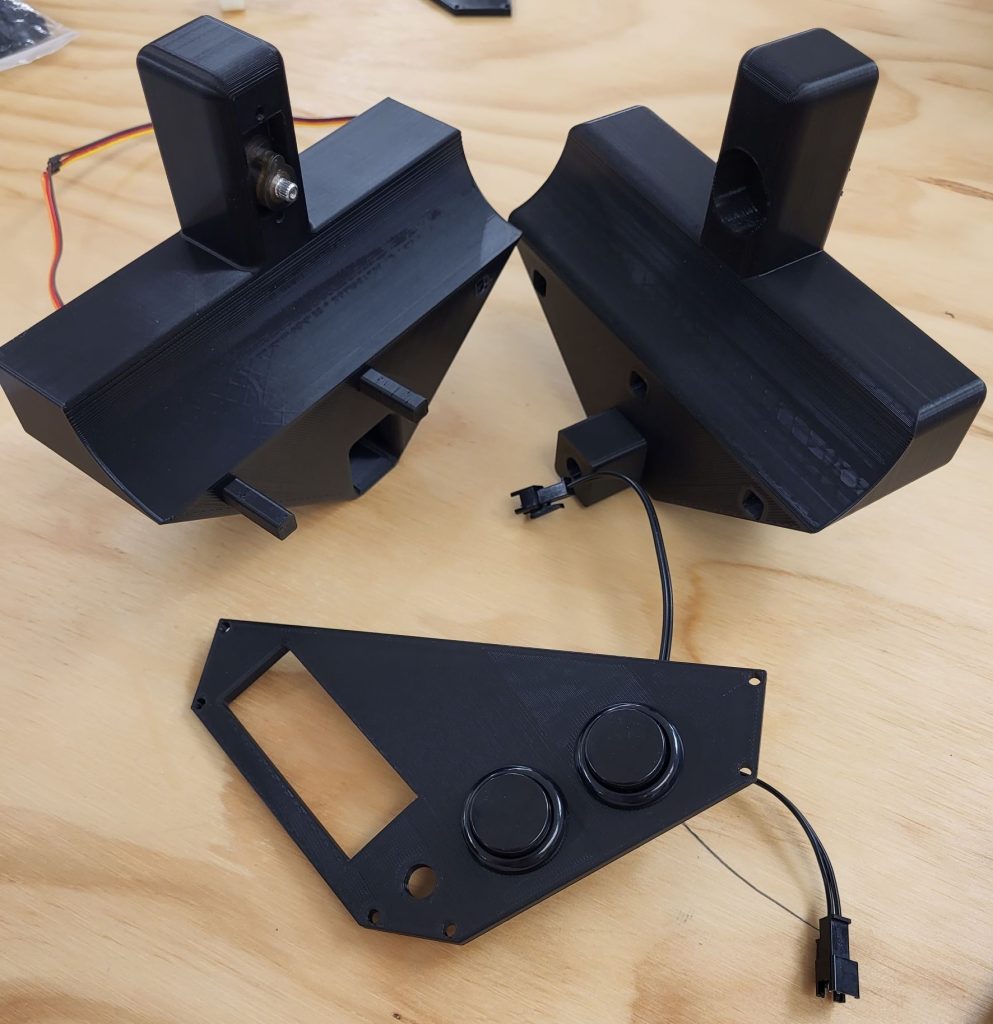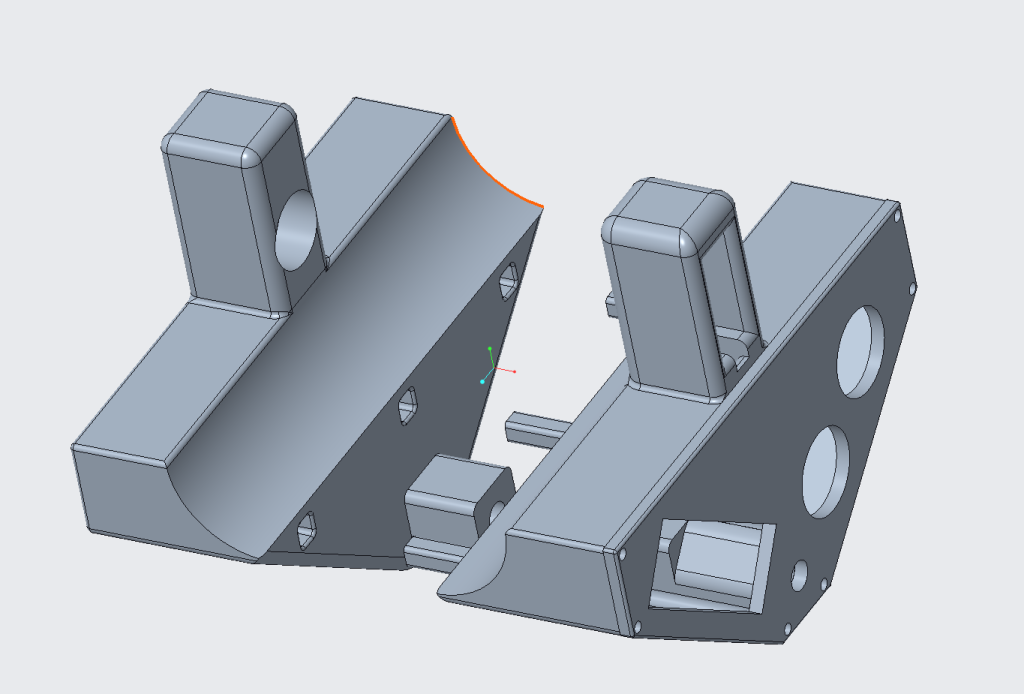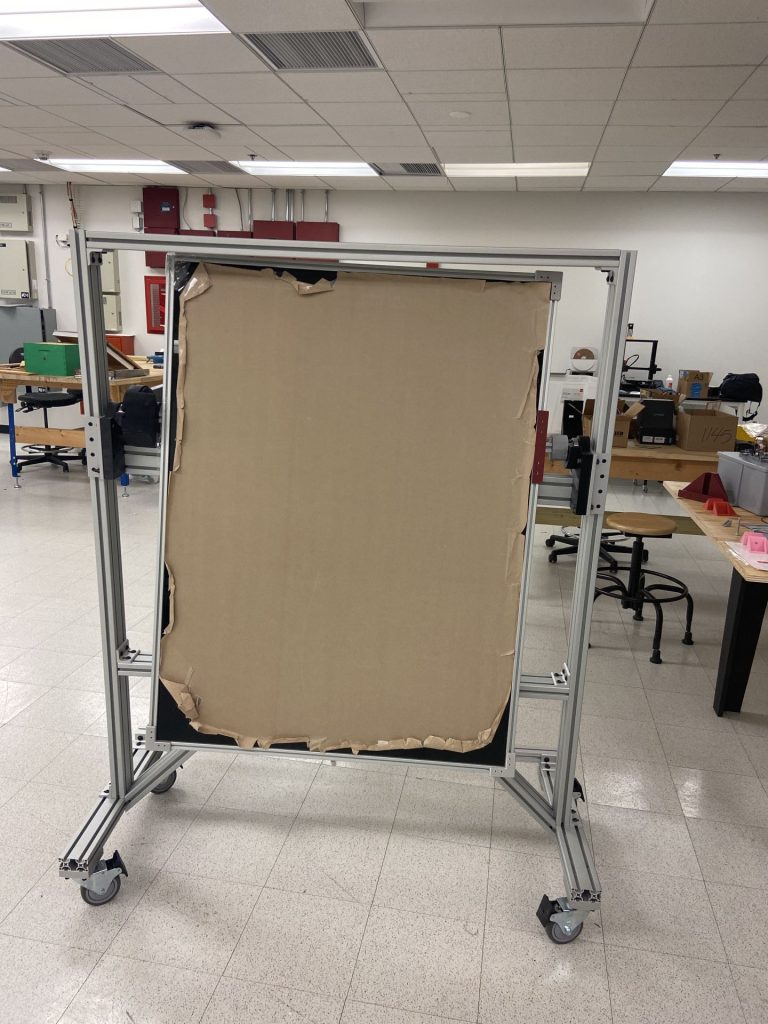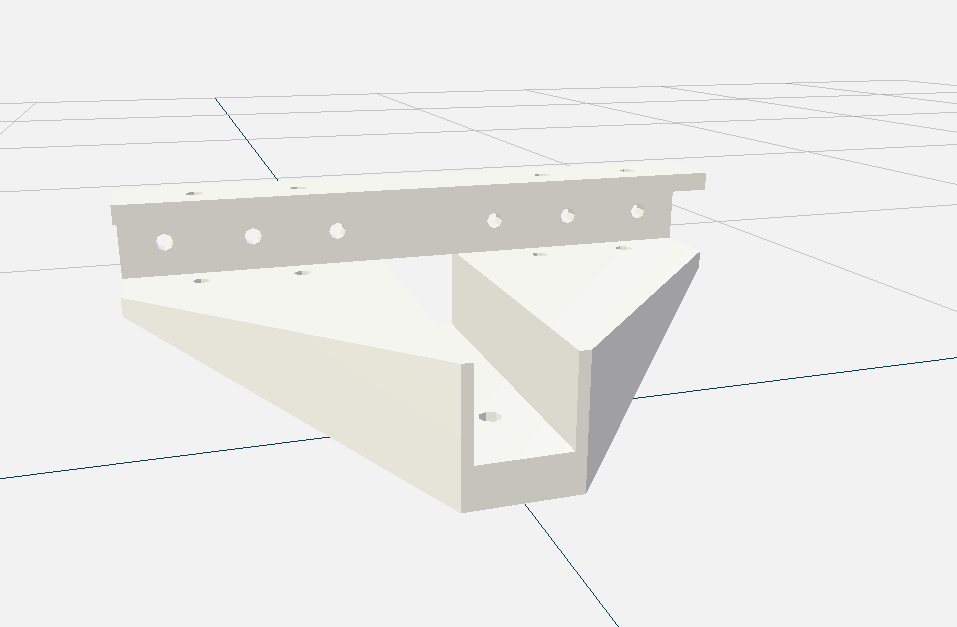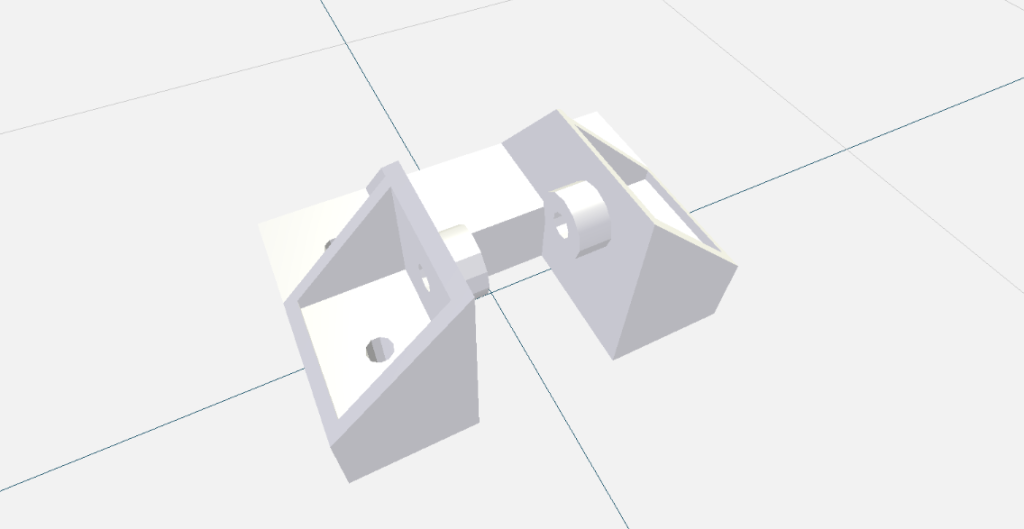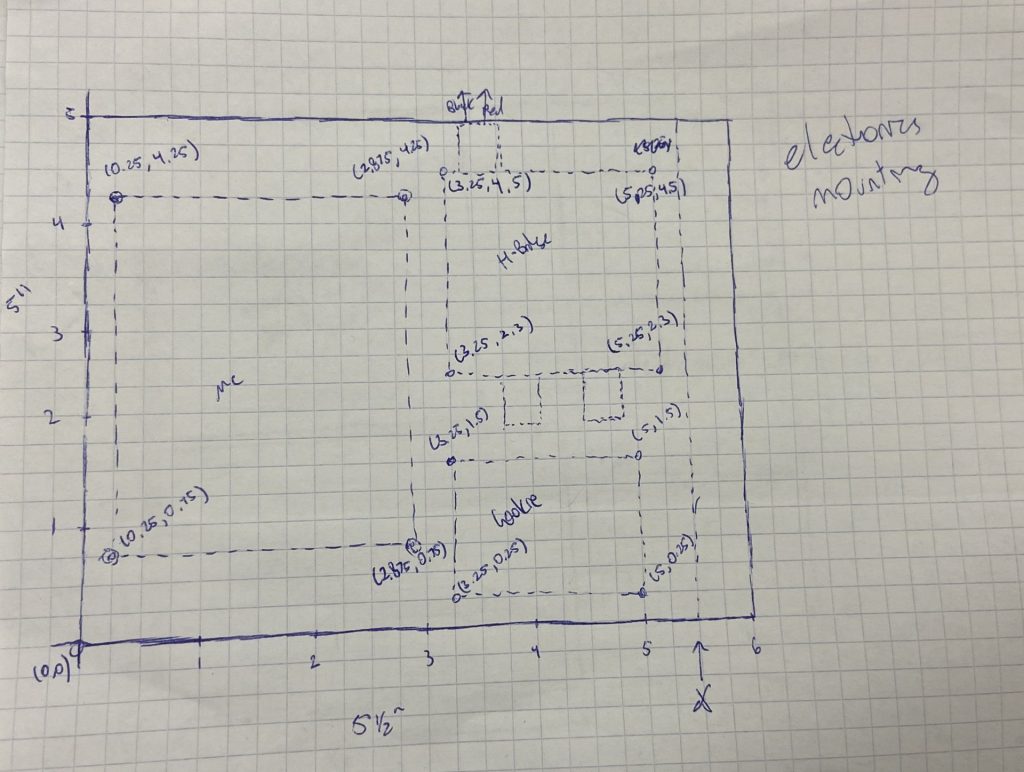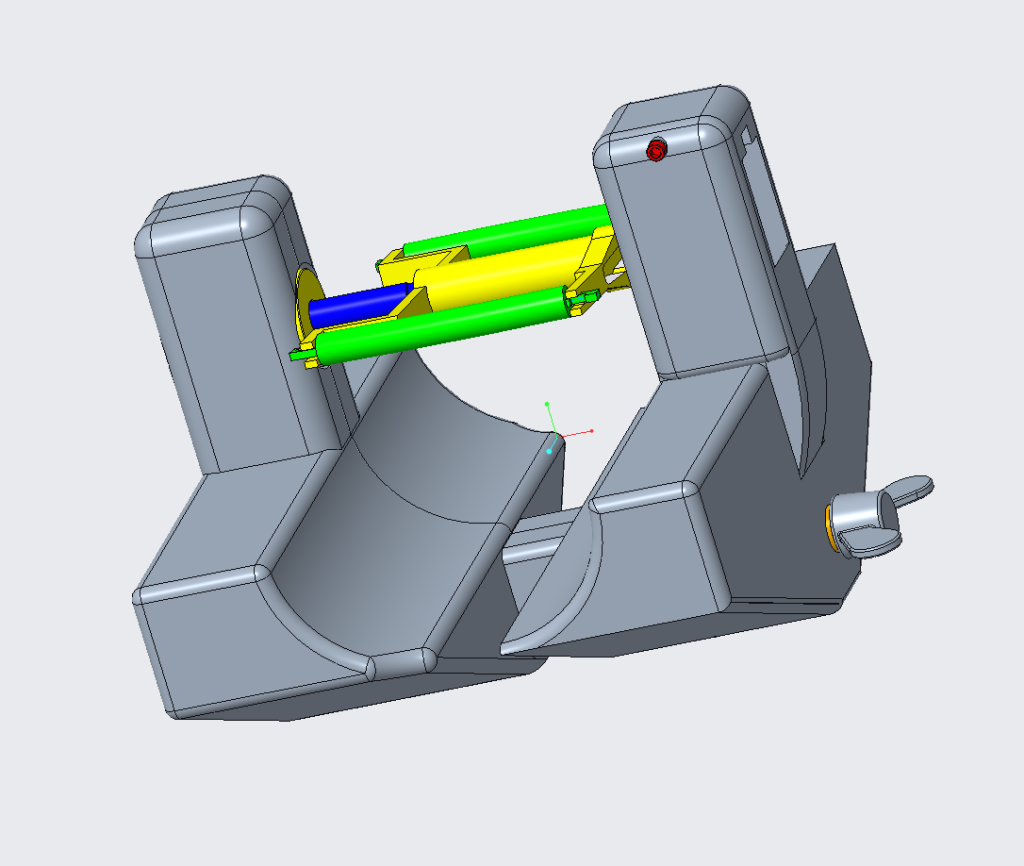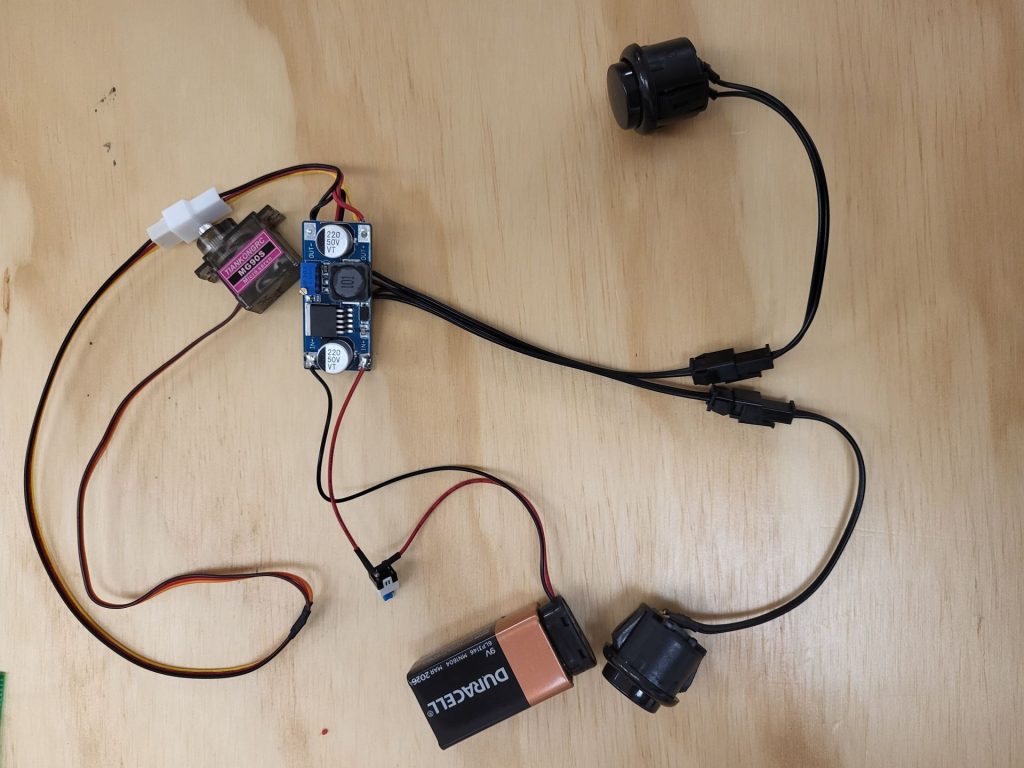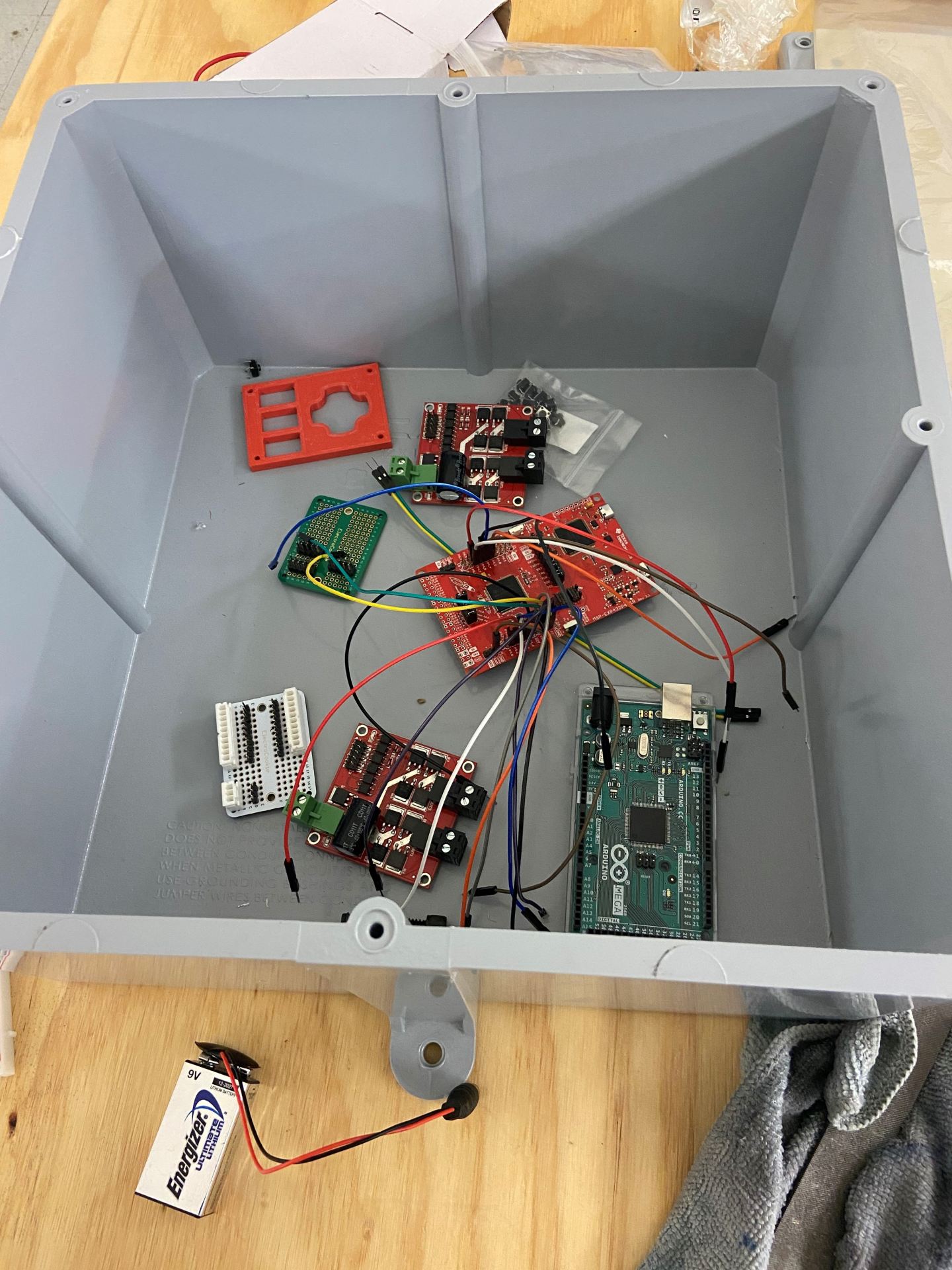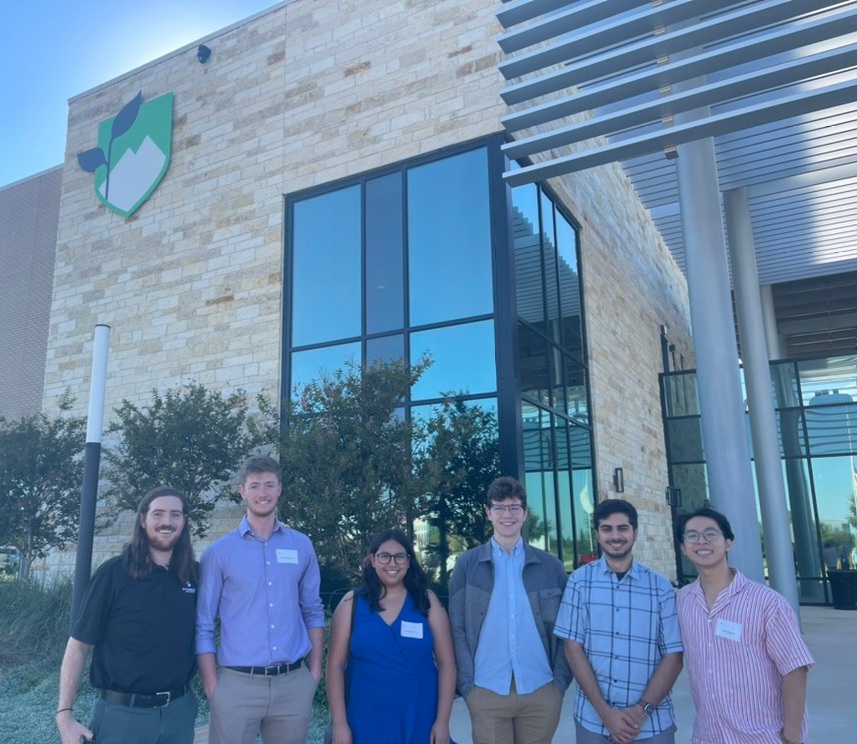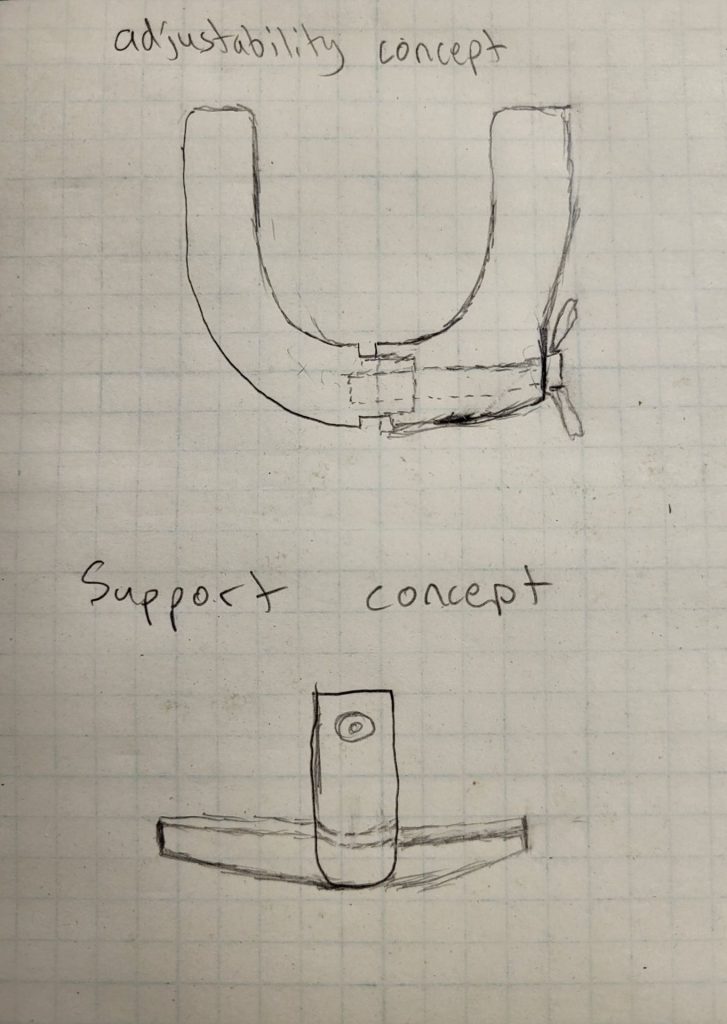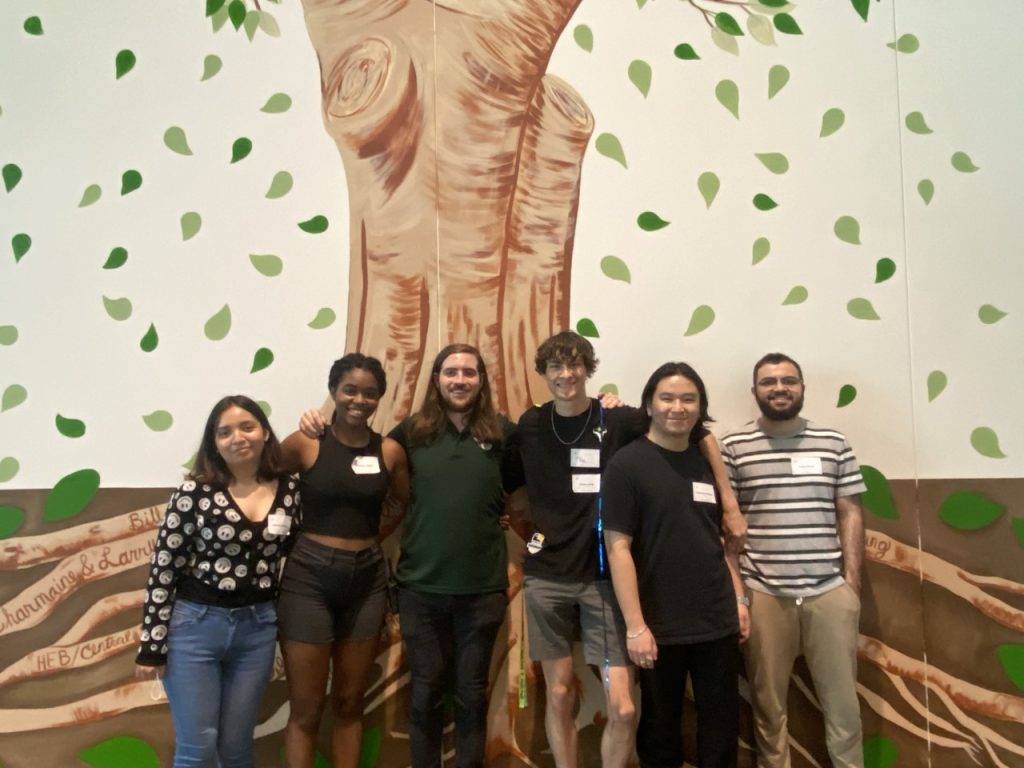New Decisions and Additions to Design Process( Ideas )
Design Inputs
● 3D printed construction
● Motor-driven
● Foam contact material to depress strings
● Ergonomics and controls of adapter
● Arduino
● Power source
Brainstorming Session Outcomes; brought about several designs and methods of actuation. The following were proposed in light of the progressional design:-
Mechanical actuation via springs and levers
○ Deemed inefficient due to complexity
and difficulty of use.
The use of guitar fret wire to lay across the strings
to “fret” the strings and the 5th and 7th frets.
○ Deemed ineffective due to the precision needed
to calibrate the mechanism and lack of consistent
sound when used.
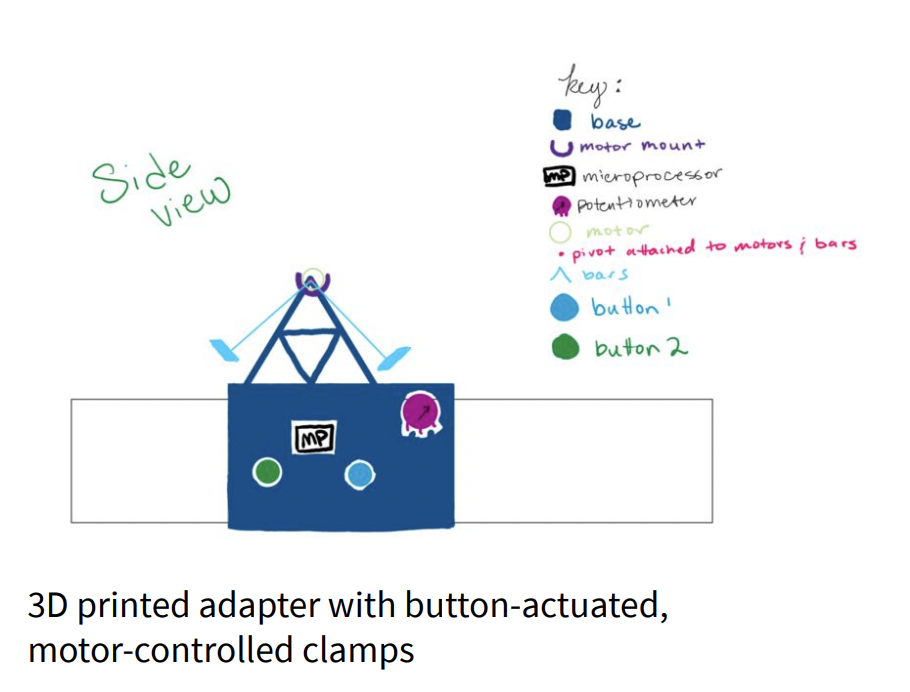
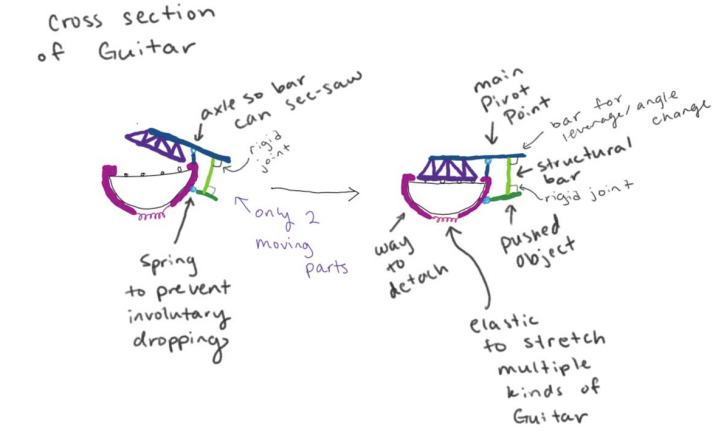
The Current design being implemented for practicality will be unveiled in a future update post.
